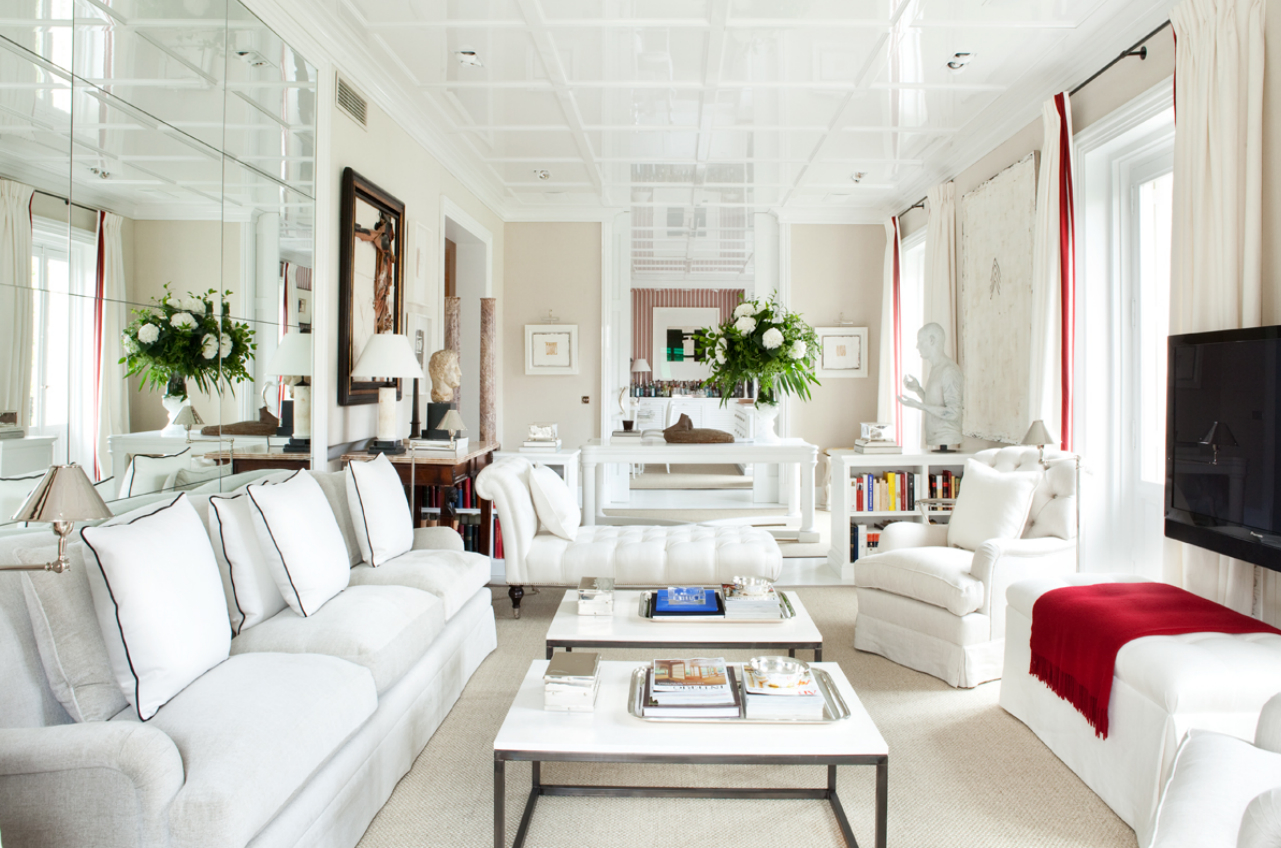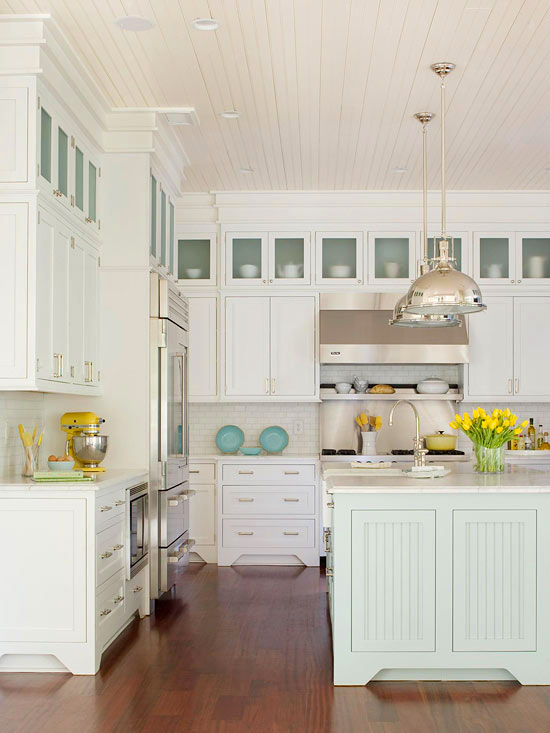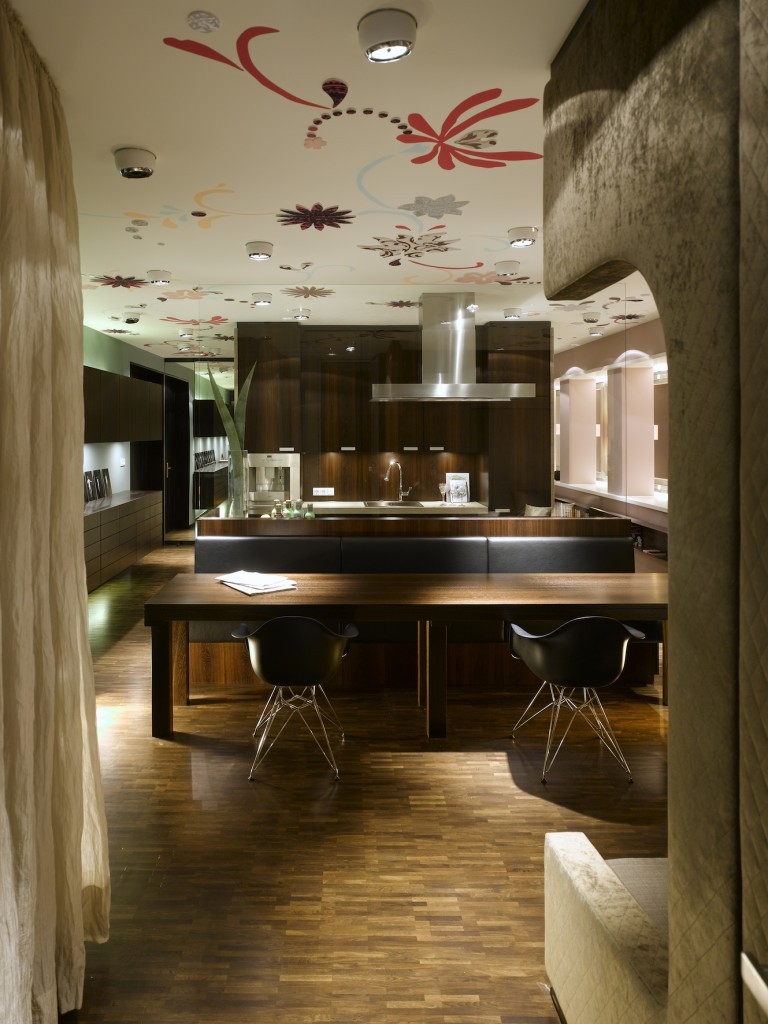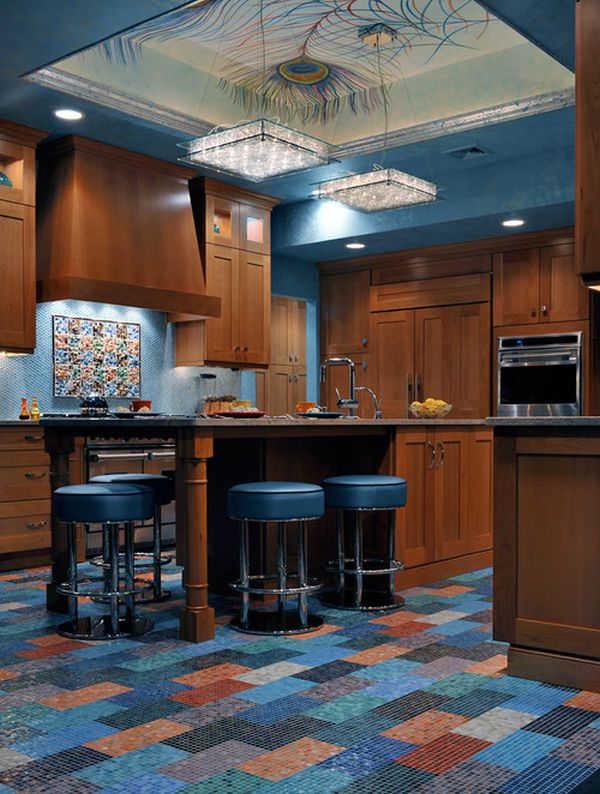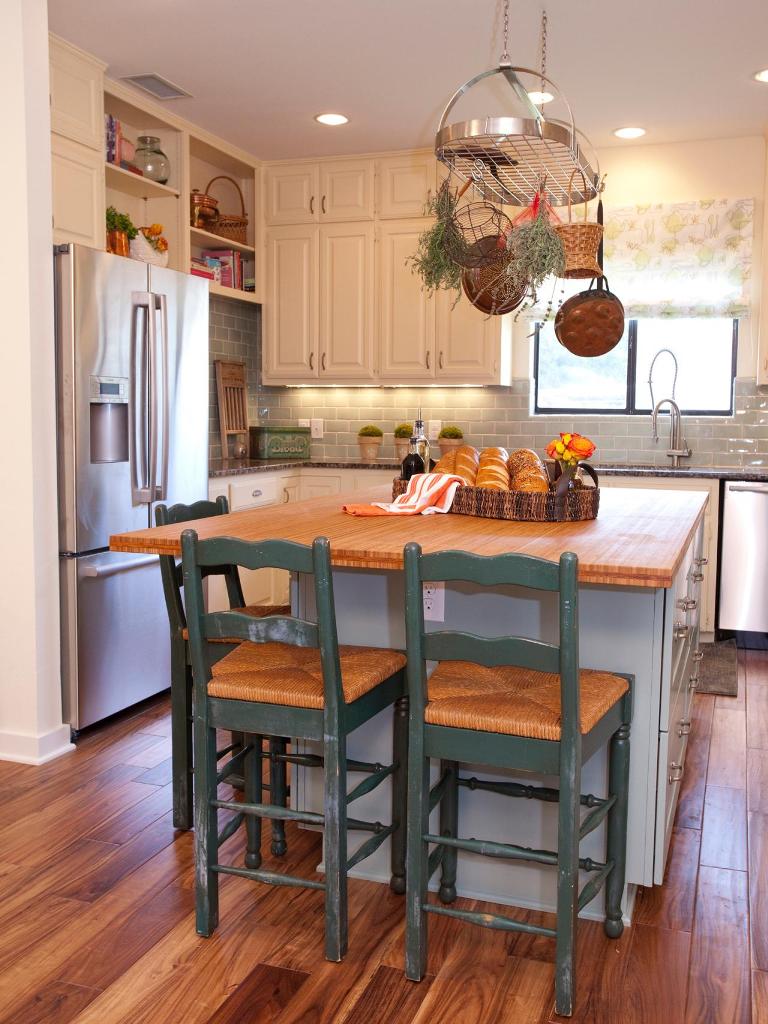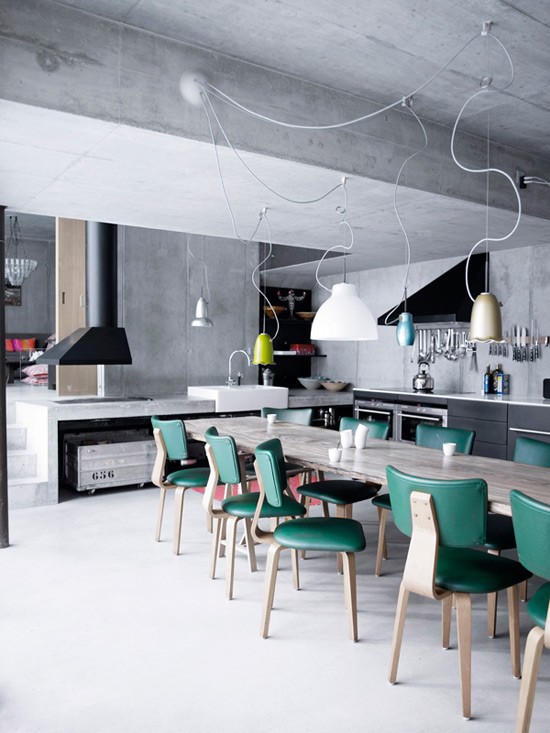Wallpaper can work wonders in an environment. Painting the walls may be the most affordable option for a quick upgrade, but if you’re looking for something that adds to the design of your home, this is the wallpaper you want.
Wallpaper is fresh, innovative, and fun, and there is no faster way to add personality to an environment besides being an easy and practical way to renovate the house. There are new ways to decorate with wallpaper. However, some precautions must be taken during purchase and installation. Follow our tips.

Be creative


We know that neutral wallpapers are safe from cluttering environments, but if you like to combine different textures and finishes to create a unique look, how about shaking things up? Use bold combinations.
Adopt maximalism

There are many great ways to add texture to walls, but be aware that maximalism may not do for those afraid to be bold in decor, where entire kitchens are covered with subway tile paper, lunchrooms have crocodile wallpaper, and washrooms are draped in fascinating mountain murals.
Explore new surfaces

You don’t need to limit your wallpaper usage to just the walls. Choose a pattern and dare to stick it on the walls, stairs, and ceiling. If you’re in love with a particular wallpaper but don’t want to use it on an entire wall, you can use wallpaper to cover the inside of your closet. Have you ever thought how delightful to open a door and find beautiful paper?! Patchwork is also perfect for smaller projects like lining a drawer, wrapping a notebook, or other creative assignments.
Install horizontally

Depending on the pattern, wallpapers can be placed horizontally, offering movement and dynamism. In this way, narrow walls can appear wider. Wallpapering horizontally means working against gravity, so the support material plays an important role. The best choice is wallpapering with a TNT backing layer, as the wallpaper glue is applied directly to the wall and not the wallpaper.
Request a sample

It never hurts to see a sample of the paper you like before you buy. Some color or pattern variations may differ from what you saw, and the wallpaper may appear lighter or darker than expected. The pattern may also look different, especially if you shop online.
Extra wallpaper

To calculate the amount of wallpaper, measure the height and width of the wall, then multiply the width x height of the wall, discount the area of doors and windows. The result you should divide by the roll’s coverage area. A good rule of thumb is to order about 10% more wallpaper than you need to cover the wall. Depending on the pattern, there are losses due to cutouts, doors, corners, and paper snapping to match.
Check the batch

As with other floor coverings, it is essential to buy the wallpaper with the same lot number. This will avoid hassles at the time of installation or needing another order because of color variation.
Check the walls

Make sure the wall that will receive the paper is well prepared, clean, and sanded. The fence must be free of moisture, grease, imperfections, cracks, or textures.
Ask for help to install

You can ask a friend for help to install the role. Roll wallpaper can be challenging to handle, so having a friend to help can save you time. Before installing, you also need to think about the design pattern of the paper, as certain prints need to line up perfectly. Others with a small pattern repeat will require more time and patience when installing. If you’re not up to the challenge, look for paper with a larger, more straightforward pattern, or try paper that has a solid color but has texture. You can also hire a professional installer.




